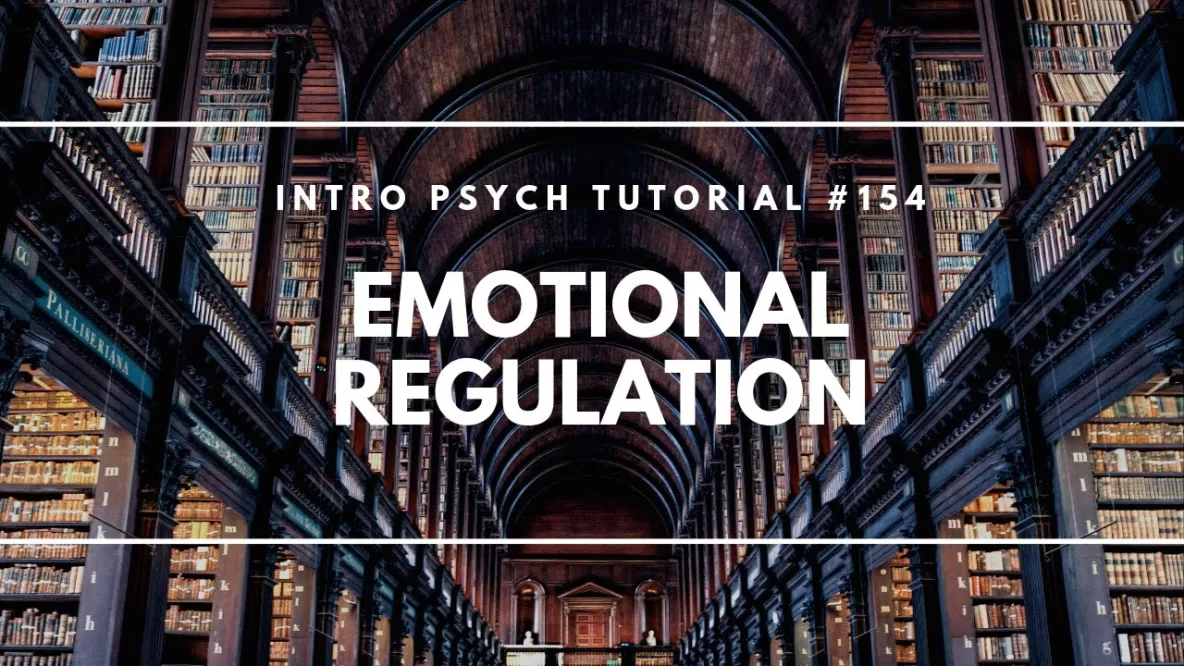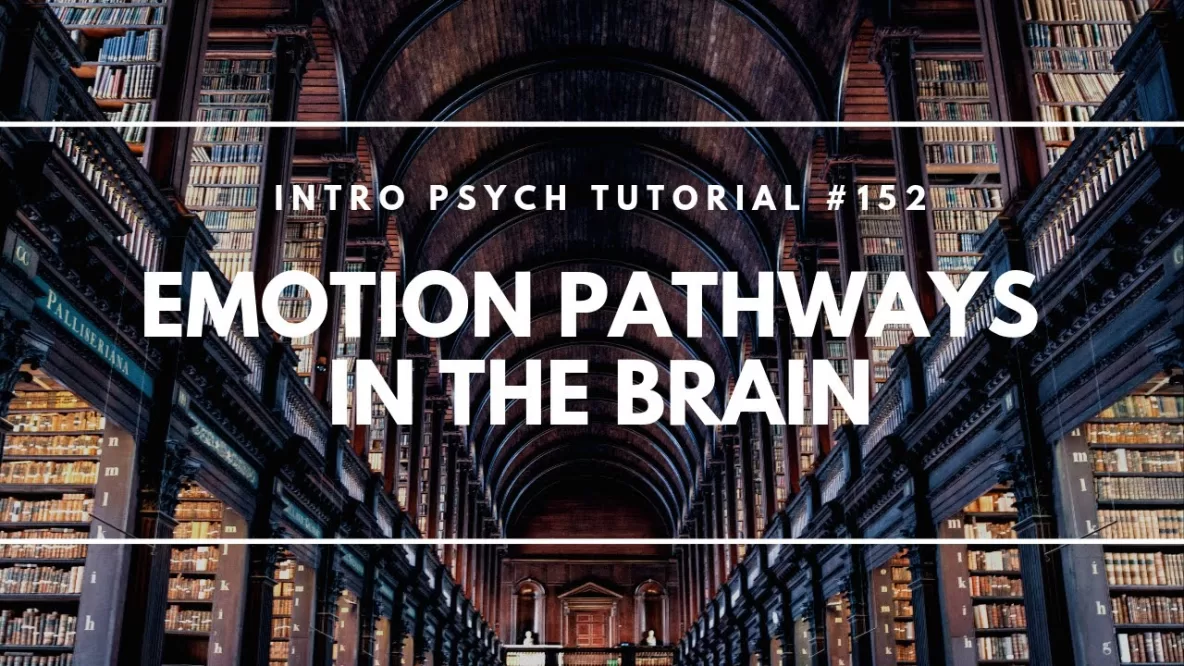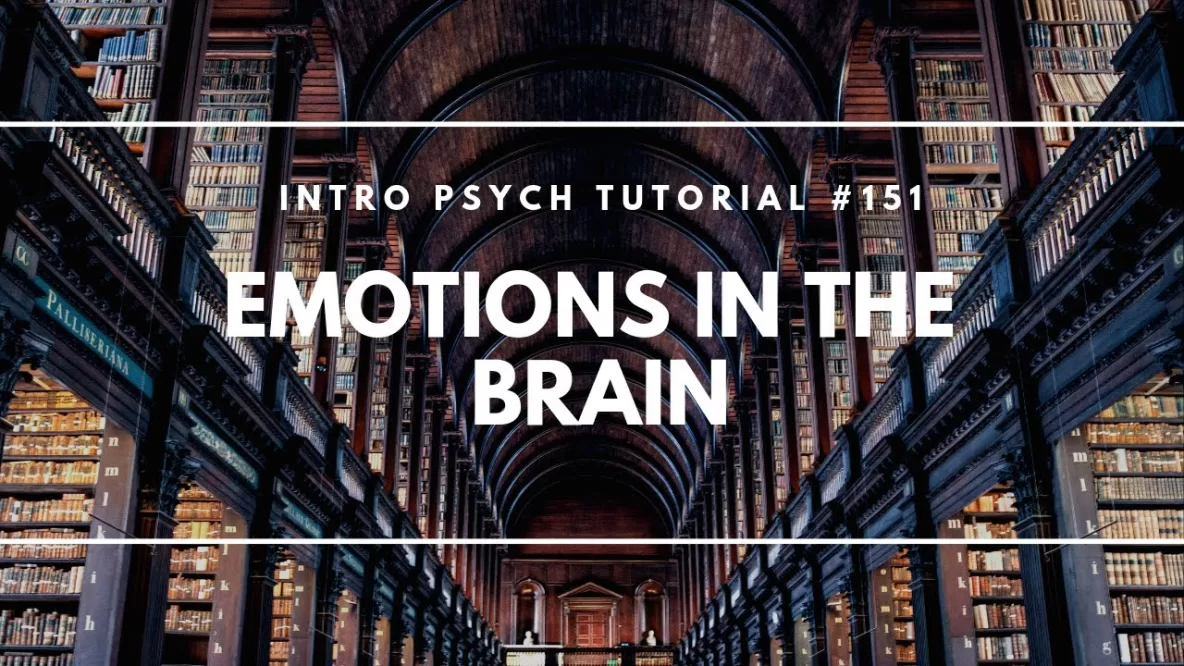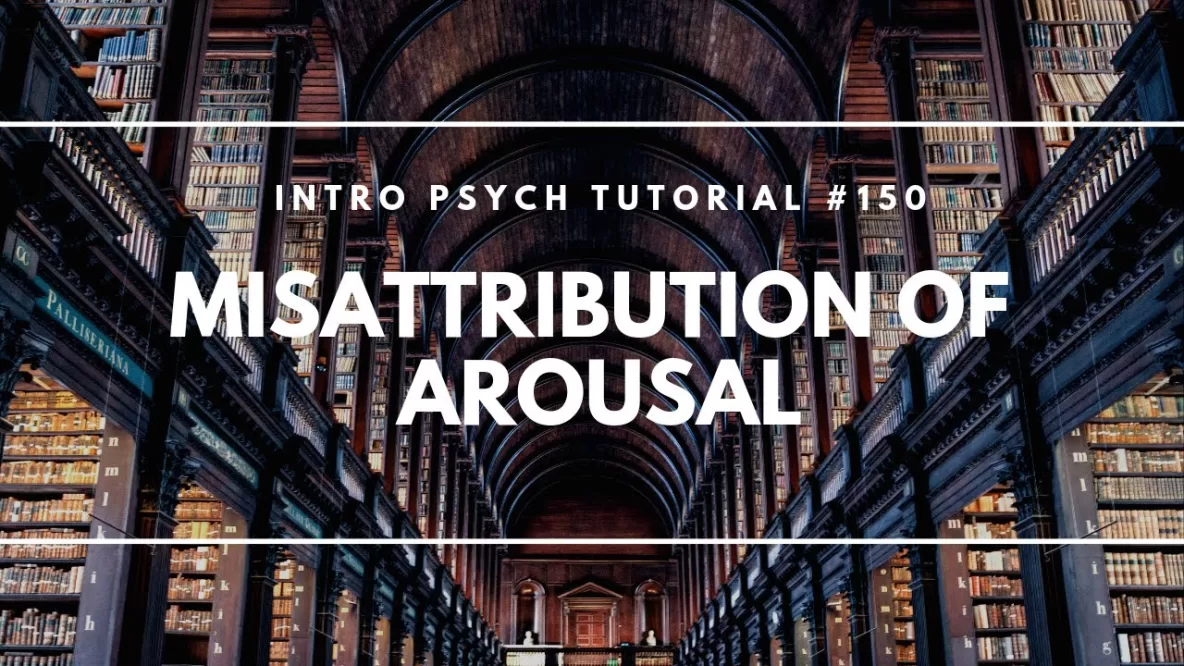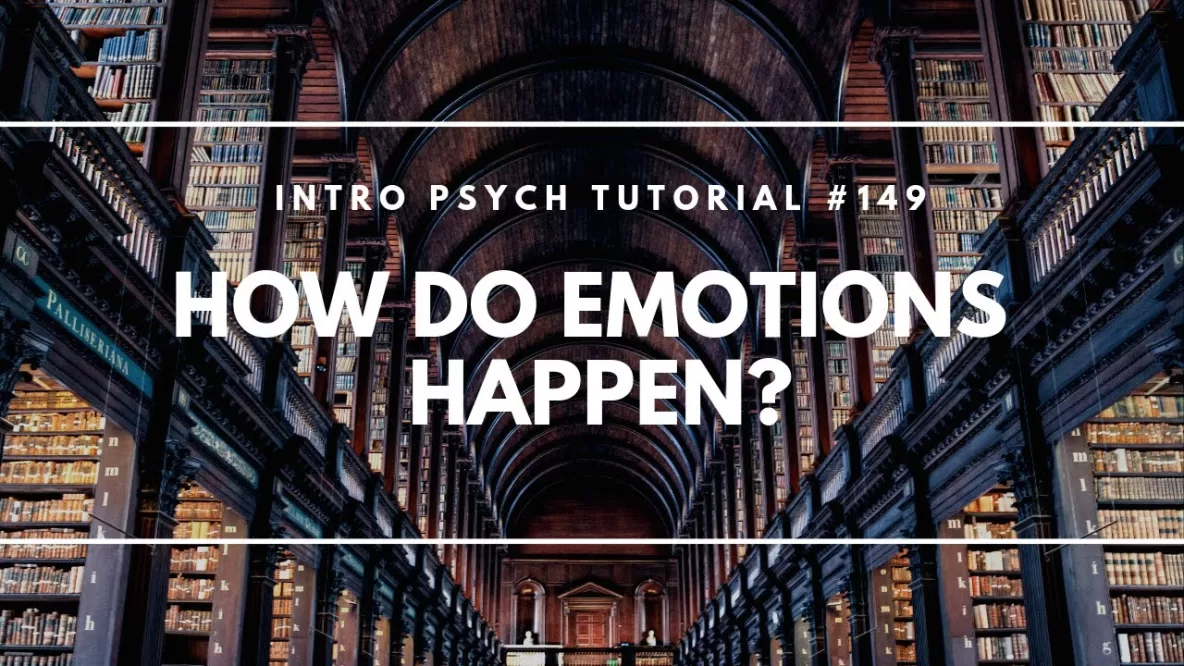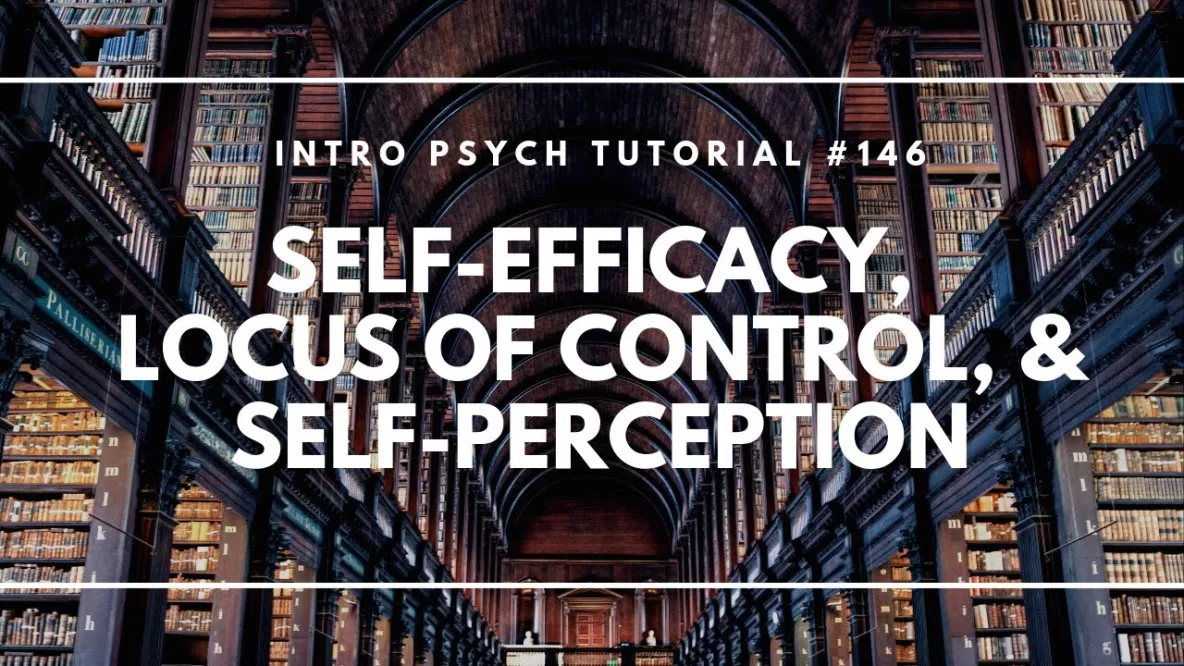In this video I discuss the importance of emotional expression in social interaction and how we use signals from others to gauge their emotional states. This also relates to display rules for when it’s appropriate to express certain emotions and … Read More
The Expression of Emotions
In this video I discuss how emotions are more than just internal states and that we express them to others and also recognize the expressions of others. We communicate our emotional state to others in a number of ways, including … Read More
Emotional Regulation
In this video I discuss the role of the cortex, particularly the frontal lobes, in emotional experience. Cortical involvement in emotions means that we can use cognitive and behavioral strategies in how we respond to emotional stimuli and how we … Read More
Emotion Pathways in the Brain
In this video I describe the two pathways leading to the emotion processing areas of the brain described in the previous video. The fast pathway (or low road) goes to the amygdalae and allows for a quick and dirty emotional … Read More
Emotions in the Brain
In this video I describe two early studies looking at the role of brain structures in emotion processing; work by Heinrich Kluver & Paul Bucy, and James Olds & Peter Milner. These studies helped to identify the role of structures … Read More
Misattribution of Arousal
In this video I explain the idea of misattribution of arousal; when people misinterpret their physiological arousal, which may cause them to mislabel their emotional experience. I explain how this was demonstrated in Schachter & Singer’s study (discussed in the … Read More
How Do Emotions Happen?
In this video I describe 3 different theories of emotion which attempt to explain how emotional experiences occur. The James-Lange theory proposes that a stimulus causes physiological arousal which in turn causes the emotion. The Cannon-Bard theory of emotion proposes … Read More
What is an Emotion?
In this video I introduce the concept of multidimensional scaling to investigate emotions more objectively. This approach involves considering emotional experiences on two dimensions; valence and level of physiological arousal. Valence refers to how strongly an emotion is experienced as … Read More
The Myers-Briggs Type Indicator – MBTI
In this video I describe the Myers-Briggs Type Indicator, a personality assessment created by Isabel Briggs Myers and Katharine Cook Briggs. Despite its popularity in career counseling and corporate settings, the MBTI generally isn’t held in high regard by most … Read More
Self-Efficacy, Locus of Control, & Self-Perception
In this video I discuss self-efficacy, internal vs. external locus of control, and self-perception theory. I consider how these theories relate to the process of personality transformation and personal change. Don’t forget to subscribe to the channel to see future … Read More



